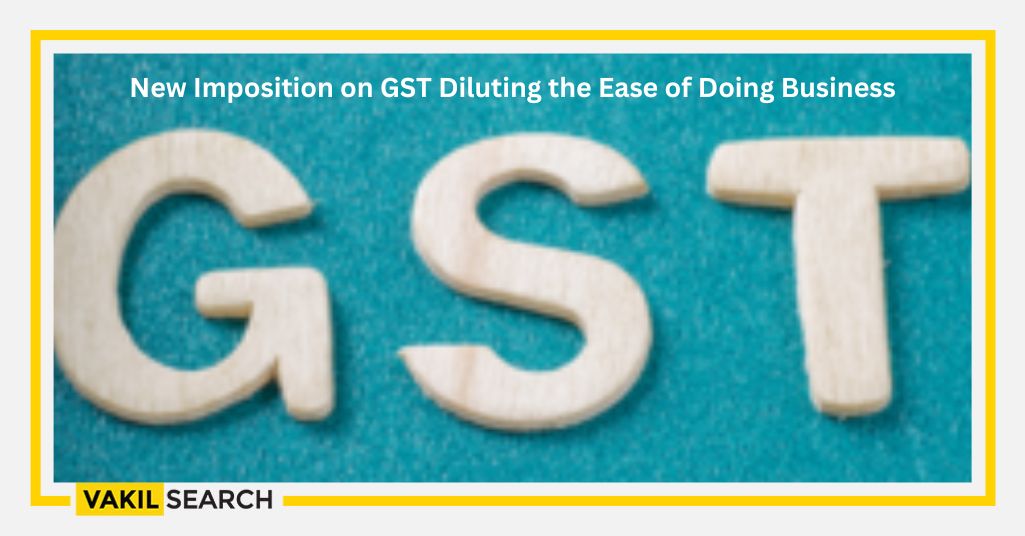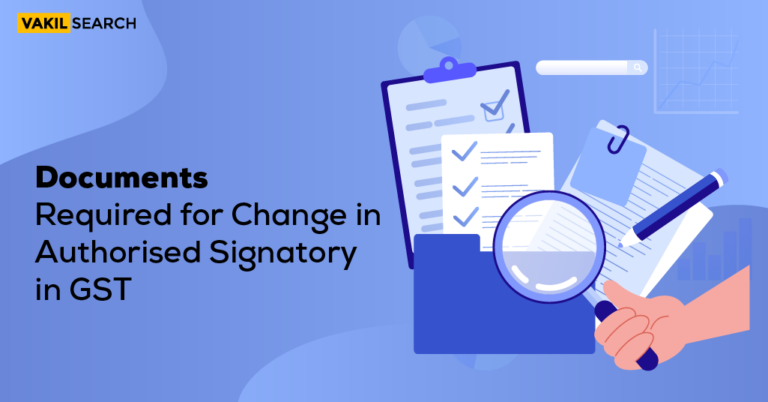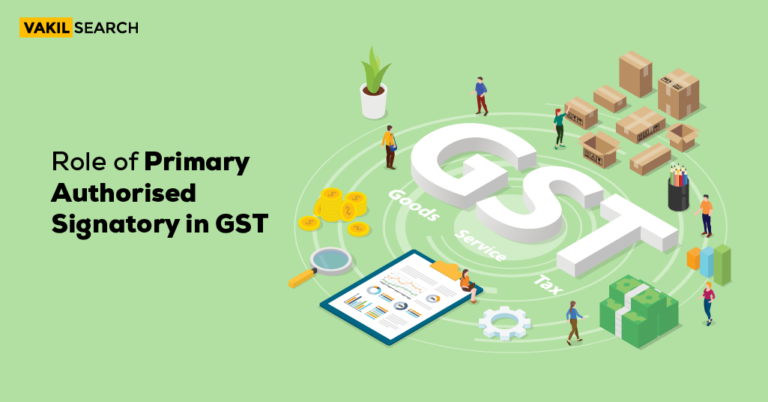However, certain exemptions under GST may dilute its impact. Find out what New Imposition on GST Diluting are and how they affect businesses.
The Goods and Services Tax (GST) was implemented with great fanfare in India in July 2017. The legislation’s Input Tax Credit (ITC) mechanism was expected to be robust and credits to be fully fungible, resulting in favorable cash flows. However, even after four years of implementation, the journey of ITC has been bumpy and ridden with new restrictions each year, which has exponentially increased the compliance burden. Learn more about New Imposition on GST Diluting.
New GST Input Tax Credit Restrictions
At the inception of GST, ITC was envisioned as a two-way communication. The supplier would upload the supply invoice details on the common portal. The recipient would accept/reject the same in real-time. However, the two-way communication system could not be implemented because the system functionalities were not in place. Furthermore, the legislative provisions to formalize two-way communication, namely Sections 41, 42, 43, and 43A of the CGST Act, are proposed to be repealed by Finance Bill 2022, effectively killing the ambitious ‘credit-matching’ concept.
Changes to Rule 36(4) of the Central Goods and Services Tax Rules, 2017 (CGST Rules) [effective October 2019]
Section 43A of the Central Goods and Services Tax Act, 2017 (CGST Act) specifies the procedure for claiming ITC. The total credit was limited to 120 per cent/110 per cent/105 per cent (as amended from time to time) of the credits matched with GSTR-2A.
Section 43A of the Central Goods and Services Tax Act, 2017 (CGST Act) specifies the procedure for claiming ITC. The total credit was limited to 120 per cent/110 per cent/105 per cent (as amended from time to time) of the credits matched with GSTR-2A.
Prior to the addition of Rule 36(4), taxpayers could claim the entire eligible input credit based on their invoices, and GSTR-2A was only a convenience measure that had no impact on the taxpayer’s ability to claim ITC on a self-assessment basis.
The validity of Rule 36(4) was challenged because the condition is imposed by Rules that go beyond the CGST/SGST Act.
Besides that, Rule 36(4) imposes an onerous and impossible burden on the buyer to ensure that the supplier uploads the details of outward supplies to the common portal, a failure to which results in the risk of ITC disallowance.
Amendment to Section 16(2)(aa) of the CGST act in conjunction with rule 36(4) of the CGST rules effective 22 January 2022
Section 16(2)(aa), read with amended rule 36(4), states that ITC cannot be claimed unless invoice details are communicated in Form GSTR-2B.
The use of ITC in GST-2B continues to be plagued by ambiguity, which remains unresolved to this day. While the invoices are reflected in the GSTR-2B for a month, the recipient is ineligible for ITC due to non-compliance with certain other conditions specified in Section 16 of the CGST Act, such as goods in transit not received by the purchaser, invoices not received by the buyer, and so on.
Proposed Amendment to Section 16(2)(ba) of the CGST act, as read with Section 38 of the CGST Act (introduced in Finance Bill 2022).
Effortless GST calculations – Access our GST Calculator for a smooth financial journey.
It is important to note that the list of restrictions on ITC provision enumerated in Section 38 is due to supplier default, such as non-compliance with registration provisions, supplier default in payment of tax, excess ITC provision of related, and so on.
The imposition of such restrictions on the recipient for supplier non-compliance is onerous for the recipient, who has no redress or control over the supplier. These conditions appear deteriorating, arbitrary, and irrational and counter robust value-added tax legislation.
The Gujarat High Court is debating the constitutionality of Rule 86B. While the case is pending, the Finance Bill 2022 proposes to amend section 49 of the CGST Act, giving the government the authority to limit the use of electronic credit ledgers for payment of output tax liabilities.
The above enabling provision undermines the goal of seamless credit utilization. Combining ITC accumulation and cash payment to discharge tax debt will be a double setback for taxpayers.
The imposition of restrictions on ITC availability and use appears to have been made to reduce fake invoicing and increase revenue. However, frequent legislative changes and the imposition of new regulations will have a negative impact on taxpayers, particularly MSMEs and small businesses that lack the resources and automated tax compliance tools. In ITC, the ‘ease of doing business’ is diluted by stringent, complex, and arbitrary conditions.
The government is expected to take a pragmatic approach to enacting the budget proposals, removing onerous compliances and avoidable restrictions on ITC. At the same time, aiming for a balance between facilitation and enforcement, resulting in better compliance and removing uncertainty for honest taxpayers. Visit Vakilsearch to learn more about New Imposition on GST Diluting.










